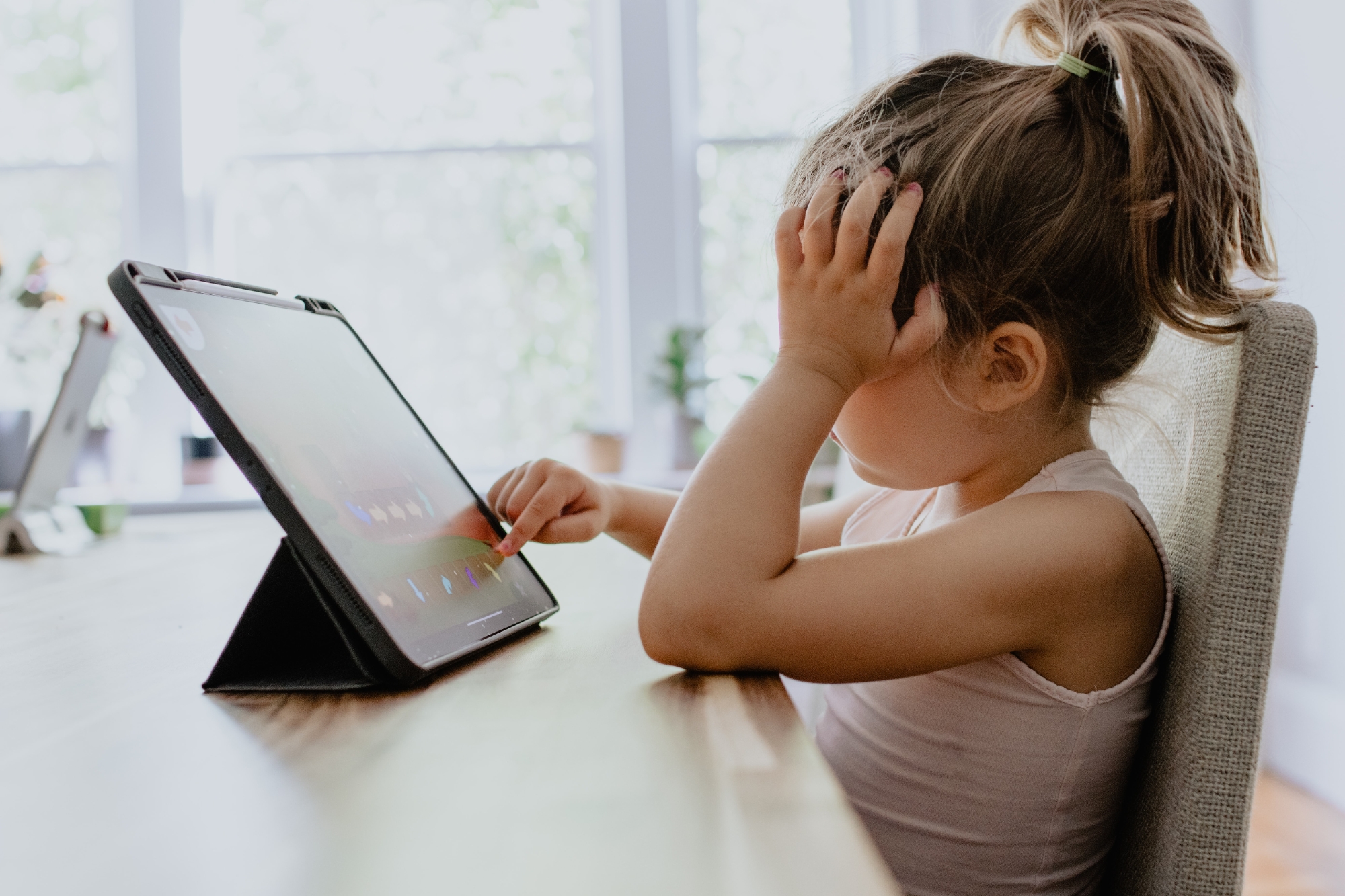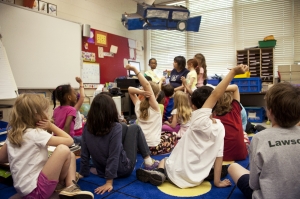As we move into a different phase of the pandemic, many parents, educators, researchers, and journalists have claimed “learning loss” as the devastating outcome of the disruption of school transitioning to remote learning. But recent research shows the answers are more complicated and nuanced than anyone may have initially realized.
According to the research brief, the outcome is less about losing knowledge that had already been acquired and more about gaining new knowledge “at a dramatically slower pace than they did before the pandemic.” Learning stagnation may be a better term to use than learning loss.
The children were tested in letter and word recognition, as well as math problem-solving skills in the fall of first grade, but the COVID-19 pandemic put off any further testing until fall of their third-grade year. When their pre-pandemic scores are compared to their later scores, there is a clear knowledge gain. But when their scores are compared to those of similarly aged children tested in the early 2000’s, the knowledge gain happened at a dramatically slower pace.
This creates a scenario for teachers wherein children in each classroom have a broader range of abilities. According to the study, teachers don’t need to repeat first and second grade curricula, they need support and training for teaching children “who are showing a broader range of scores, both lower and higher around the average, than they used to.”
“While this may seem like semantics, the distinction between ‘learning loss’ and ‘learning stagnation’ is an important one,” says Castle. “This distinction is and will continue to play out in the classroom as teachers are adjusting to a very different reality in learning levels from before the pandemic. They need recognition, support, and training to facilitate this unique challenge. Children, families and society depends upon teachers having necessary support as active agents of recovery from the pandemic.”



